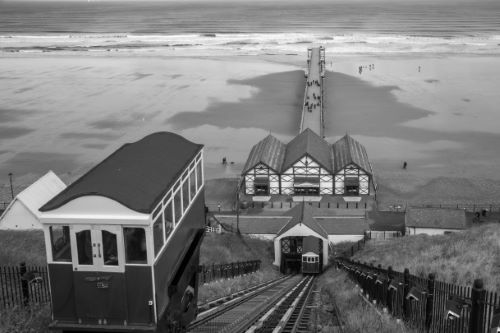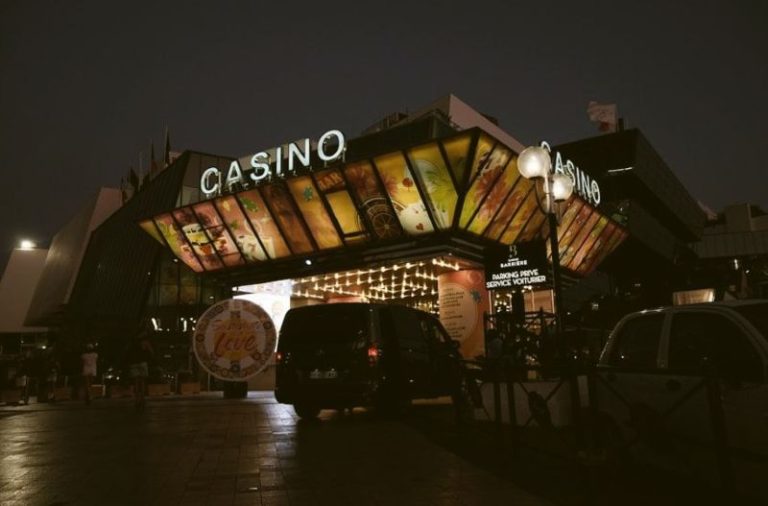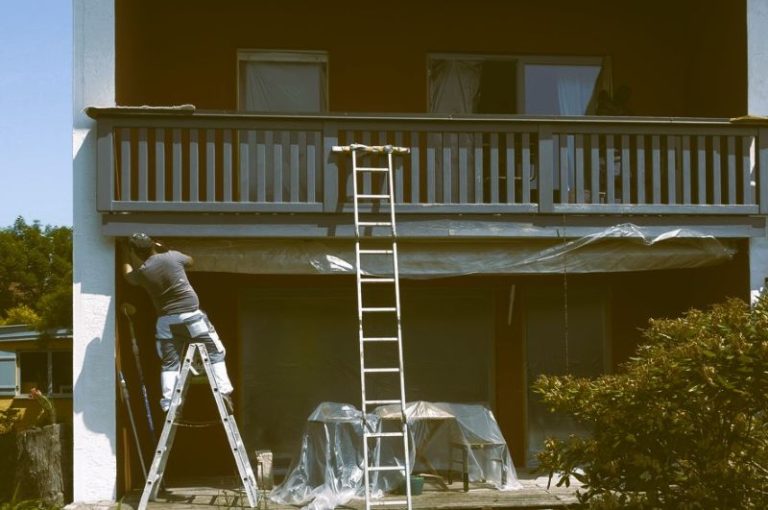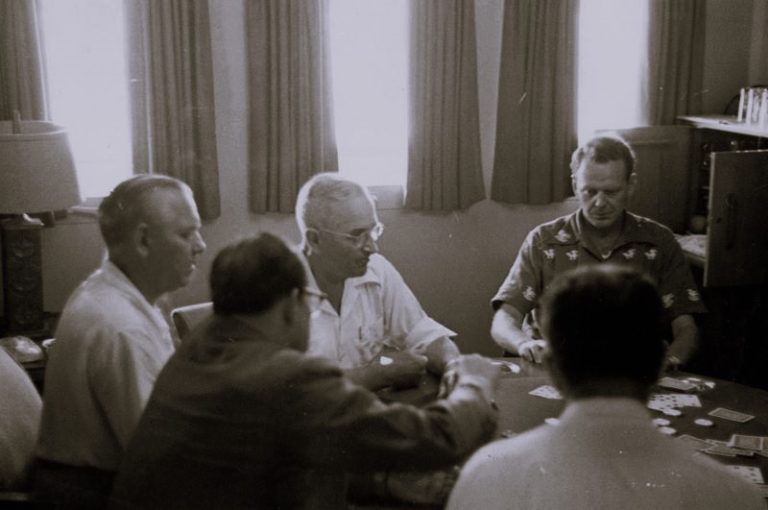

Everyone loves a great movie set in a stunning British country estate, be it a period piece full of gorgeous backdrops and lace rustlings or a contemporary film exploring the darker side of ‘how the other half lives.’
Saltburn has recently hit the big screen, the latest movie that takes as its setting a vast and glorious British country estate. The film follows Oliver Quick, who, seemingly without friends or fortune, finally manages to befriend the wealthy Felix Catton, who invites the other boy back to his family’s country estate. Saltburn, however, is not what Quick had imagined, and the debauchery, obsession, and excess that the estate seems to both nurture and attract results in tragedy.
The Real Saltburn
The ‘real’ Saltburn estate is that of Drayton House in Northamptonshire, UK – almost every scene (both indoor and outdoor) of the movie was shot at this Grade 1 listed building. Whereas many period films use stock footage to add authenticity, director Emily Fennell was keen to keep the cast together in one location and film everything onsite. Still a family home, Drayton House had never been used for filming before – which is exactly what Fennell was looking for; she wanted a location that would be unfamiliar to viewers.
Work on the original building is believed to have begun in the fourteenth century, with changes and additions made in the course of every century since. Some of the most notable rooms include the late thirteenth-century solar undercroft, the State Bedroom, which was remodeled in 1653 by John Webb, and the chapel.
This may have piqued your interest, but this private home remains just that: visiting isn’t allowed unless with prior written permission. In fact, the owners had it written into the contract with filmmakers that the property owners be kept private.
The Sumptuous and the Strange
Recently, the big screen has seen a number of films that depict British stately homes in a way that emphasizes both the luxury and strangeness they contain within their gilded walls. As in Saltburn, these aristocratic estates are presented as islands in which a pampered minority hold court – often with moral codes very different than those of the mere mortals who live beyond the boundaries of their manicured borders. These estates are literally fortresses, protecting – and hiding – their eccentric residents from the world.
Other movies shot on location at British country estates that share this sense of strangeness include 2007’s Atonement, which was filmed at Stokesay Court in Shropshire, the most recent screen adaptation of Daphne Du Maurier’s Rebecca, and 2020’s critically acclaimed The Nest.
Most recently, the movie Men, released in 2022, is set on a country estate and its surroundings in Cheltenham, Gloucestershire. The filmmakers were keen to create an effect whereby the manor would exude both comfort and menace and to this end, painted the walls red to make a deliberate contrast with the rolling green field seen beyond the windows. For the director, a location is a character, and understanding and working with it is vital.
But this on-screen exploration of the link between the stately home and the eccentric isn’t new: The Wicker Man, filmed in 1973, tells a terrifying tale of an isolated community under the leadership of sinister Lord Summerisle. The exterior of Summerisle’s estate is, in real life, that of Culzean House in Ayr, with the interiors filmed in parts of Lord Stair’s Castle, Newton Stewart.
Stranger than Fiction
It doesn’t matter what eccentricities and general bizarreness filmmakers dream up; the universal law holds: the truth is frequently stranger than fiction. The real-life characters who have lived within the walls of British country estate homes have gotten up to far stranger things than their on-screen counterparts…mostly.
Take as an example the reclusive fifth Duke of Portland who, in the nineteenth century, made the curious decision to add a sprawling subterranean maze to his home of Welbeck Abbey in Nottinghamshire. Extending for over fifteen miles, the network of underground tunnels connected his estate to the nearest railway station. Not to mention the fourteenth Baron of Berners Gerald Hugh Tyrwhitt-Wilson (1883 – 1950), who loved nothing more than taking afternoon tea with his pet giraffe at his stately home, Faringdon Park, Oxfordshire; he also had a penchant for driving around his estate in a Rolls-Royce wearing a pig mask, expressly to scare the locals. With all this in mind, it’s difficult not to conclude that British country house estates will continue to provide the inspiration as well as the settings for movies for the foreseeable future.


